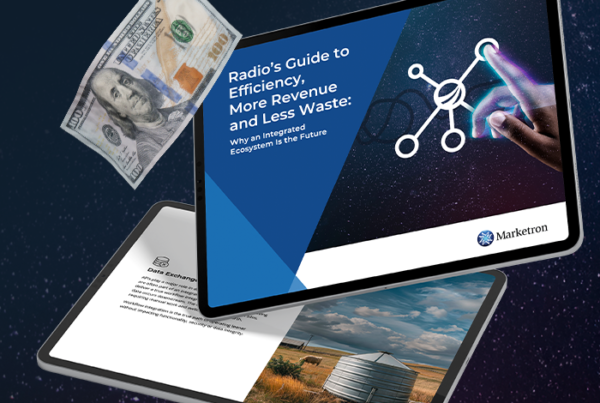Electronic payment options offer advantages for you and your advertisers. Most businesses have an expectation that they can remit in this way, and mailing out paper invoices creates a lot of extra work and costs. Accelerating cash flow and advertiser payments is possible with electronic payment processing. However, this comes with certain costs, and they can impact what amount you ultimately receive of your original invoice. A range of fees may accompany it, but the one you should focus on is the effective rate.
In this post, we’ll define effective rate and its importance in payment processing.
What Is an Effective Rate?
Using electronic payments comes with fees. Those include the rate for each transaction, known as the interchange rate. There are also other possible costs, including statement, authorization and incidental fees. You’ll only see all of those when you view monthly reports. They can add up and eat away at your margins. As a result, what you’re actually paying may be different than what you perceive to be paying based on just your transaction rate.
To determine the effective rate, you divide the total fees paid by the total amount processed for the month. The percentage you get is your effective rate.
Here’s an example:
Total amount processed: $10,000
Total fees paid: $700
Effective rate: 7%
Effective Rates Can Vary
An effective rate will be different each month for several reasons:
- The amount you collect each month will change.
- The interchange rates differ by payment type; there can be various ones for credit cards and ACH.
- Other fees are tacked on throughout the year, often hidden.
All these variables and fine print don’t yield fee transparency. It can be challenging to track all these costs. Payment processing should help your cash flow and AR (accounts receivable) efficiency. Keeping expenses down means understanding your effective rate and evaluating processors based on this.
What Is a Good Effective Rate?
Defining what’s good for payment processing effective rates has many impacts. However, most effective rates are around 4%. If you can find a processor with a flat rate under this, you’ll be in an excellent financial position. If it’s more than this, there could be valid reasons, or the processor may be ensuring they make a substantial profit.
Questions to Ask About Effective Rates
When considering payment processors, you’ll want to keep these things in mind:
- Are you a high risk? Most likely, you are not; media companies don’t fit into these categories, so there would be no reason for a higher rate.
- What are the “hidden” fees behind the effective rate? The effective rate is the entire fee aggregation. The expenses you may not be aware of are incidental ones. If you see these, inquire about why they are part of your processing.
- Are transactions on a tiered plan? If you have tiered pricing, some of your transactions can move to a higher-rate tier. It’s out of your control if this happens, and it’s a good reason to avoid this type of pricing.
- What about annual or security fees? Some processors include these without being upfront about them, which increases your effective rate.
Doing the Math: Is Your Effective Rate Too High?
It’s time to take a look at your statements and assess your effective rate. If you haven’t shifted to electronic payments, you’ll want to take what you’ve learned and apply it as you review options. Ideally, you’ll want a provider with the following:
- Transparent pricing that’s flat regardless of the type of payment used, helping you improve projections and simplify reporting
- Streamlined workflows that include automation of steps that will boost efficiency and enable AR to focus on more important tasks
- An easy-to-use interface for your customers to view and pay invoices fast
Take control of your payments with a solution that offers a fair effective rate and doesn’t drown you in extra costs.
![]()
You can learn more about payment processing with PayNow, a platform that makes dollars and sense.






